By Dr. Jen Dyer
It is widely recognised that disabled people often face barriers to participating in sport and, particularly, in mainstream sport. In fact, it has been noted that sports ‘infrastructure’ is set up to encourage separation of disability sport rather than inclusion (e.g., Fitzgerald, 2018). The Mixed Ability model, which has been developed and championed by International Mixed Ability Sport (IMAS), challenges this by supporting disabled people to participate in mainstream sport while changing sports club culture and wider perceptions around disability. Such is the conclusion of an evaluation of the Sport England-funded Mixed Ability Sports Development Programme (MASDP) carried out by researchers from the University of Leeds and Loughborough University.
The Mixed Ability (MA) model was first developed through rugby, where it grew organically from a lack of provision for disabled people to play the full-contact version of the game. MA sport emphasises the importance of sustainable provision, self-determination, full club membership and opportunities for social interaction. Alongside practical sports provision, peer education is provided by IMAS Trainers (all MA participants themselves with lived experience of disability) to support clubs in offering MA sport.
The MASDP saw IMAS trialling the Mixed Ability model beyond rugby in rowing, cricket, boxing, tennis, golf, exercise, movement and dance (EMD) and bowls. Given the innovative and evolving nature of the model, and the lack of evidence in these new sports, IMAS commissioned a formal research process to evaluate the impact of the programme.
The key findings from this research are:
Difficulty in defining Mixed Ability sport led to different provision. Much of this difficulty came from embedded ideas around disability sport being separate from mainstream sport Therefore, the research identified the essential elements of MA sport, what would likely lead to increased impact and what might be an ideal scenario for creating positive change as summarised below.

The Mixed Ability model has positive impacts at the individual through to community level.
At the individual level participants reported physical health improvements such as weight loss, increased fitness, mobility, strength, coordination, and balance. Mental well-being was also improved e.g., with increased confidence and a sense of belonging.
At the club level participants reported shifts in club culture towards being more inclusive, with clubs better representing their local communities and coaches being more comfortable with a diverse range of participants. As one MA tennis coach commented:
‘I was nervous to start with and thought I’d have to go on all these courses and do all these different things when, actually, you don’t have to do anything different at all. It’s about finding out from people how best they want you to coach them.’
At the community level, impacts included a raised awareness of barriers faced by different people to participating in sport and society more broadly, as well as reported shifts in perceptions around dis/ability and social difference.
There are a variety of enablers and challenges to promoting the Mixed Ability model.
Enablers included:
- Mixed Ability ‘Champions’. These are people who, supported by IMAS, take forward the MA agenda in a club, in an organisation or even independently. Champions often have personal experience of disability and/or are facing barriers to participation in sport and are passionate about removing them for others.
- ‘Welcoming’ community sports clubs. These are clubsthat genuinely want to better represent their local community, increase participation in sport and demonstrate an openness to the possibility of removing participation barriers are also more likely to be places where MA activities will thrive.
- Educational component. This aspectof the MA model – where IMAS Trainers go into clubs and discuss their lived experience of disability – complemented the practical sport offer well and helped to engender a good understanding of the MA ethos among club members.
In contrast, the key challenge to positive impacts from MA sport was the dominant societal perceptions of dis/ability that emerged through the research. Most commonly, perceptions aligned with the ‘othering’ of disabled participants and a more charitable model of disability. For example, non-disabled players often perceived themselves as ‘volunteers’ rather than equal participants. This perception interacted with, and was perhaps exacerbated by, an assumption that the skill level of disabled participants would be ‘lower’, and they would be slower to improve. This represented a conflation of ‘skill’ with ‘ability’ and often failed to reflect the reality of the situation. Shifts in these perceptions were evident as the MASDP progressed. As one individual noted, it shifted perceptions around ability of the MA rowers:
‘I’ll be honest and say I was expecting [the Mixed Ability rowers] to be slower to get to this level. One thing I wasn’t sure about was how good their coordination and balance would be (but) their balance is superb, which makes a huge difference.’
Being involved in MA sport often encouraged reflection on these perceptions, and many interviewees reported changes in the way they thought about dis/ability and difference more broadly. This aligns with IMAS’ emphasis on experiential learning and their views that sport is a valuable vehicle for this, given the practical aspect of MA and the space to reflect after the activity on perceptions.
In summary, the research shows that the MA model harnesses the potential of sport to challenge social norms around disability (Fitzgerald, 2018) and facilitates positive interactions between diverse groups which can result in wide-reaching benefits (e.g., Sandford et al., 2022; Corazza and Dyer, 2017). The focus on equal membership and participation with/alongside others in all aspects of club life (training, competitive activities and social events) gives opportunities for individuals to build positive self-identities and gain a sense of belonging – something seen as central to positive sporting experiences (Sandford et al., 2022; Maher et al., 2021). In doing so, MA sport aligns with Article 30 of the UNCRPD in enabling disabled people ‘to participate on an equal basis with others in recreational, leisure and sporting activities’ and Article 31 in ‘encouraging and promoting the participation, to the fullest extent possible, of persons with disabilities in mainstream sporting activities at all levels’ (UN, 2016).
This blog summarises some of the key findings from research by Dr Jen Dyer and Dr Rachel Sandford. The full research article can be found here.
References:
Corazza, M.; Dyer, J. (2017). A New Model for Inclusive Sports? An Evaluation of Participants’ Experiences of Mixed Ability Rugby. Soc. Incl. 5, 130–140.
Fitzgerald, H. (2018). Sport is not for all: The transformative (Im)possibilities of sport for young disabled people. In Sport and Physical Activity across the Lifespan; Dionigi, R., Gard, M., Eds.; Palgrave Macmillan: London, UK.
Maher, A.; McVeigh, J.; Thomson, A.; Lynch, S.; Hill, J. (2021). ‘I had to pop a wheelie and pay extra attention in order not to fall:’ Embodied experiences of two wheelchair tennis athletes transgressing ableist and gendered norms in disability sport and university spaces. Qual. Res. Sport Exerc. Health, 13, 507–520.
Sandford, R.; Giulianotti, R.; Beckett, A. (2022). Sport, Disability and (Inclusive) Education: Critical insights and understandings from the Playdagogy programme. Sport Educ. Soc. 27, 150–166.
United Nations. Convention on the Rights of People with Disabilities. (2006). Available online: https://www.un.org/development/desa/disabilities/convention-on-the-rights-of-persons-with-disabilities.html

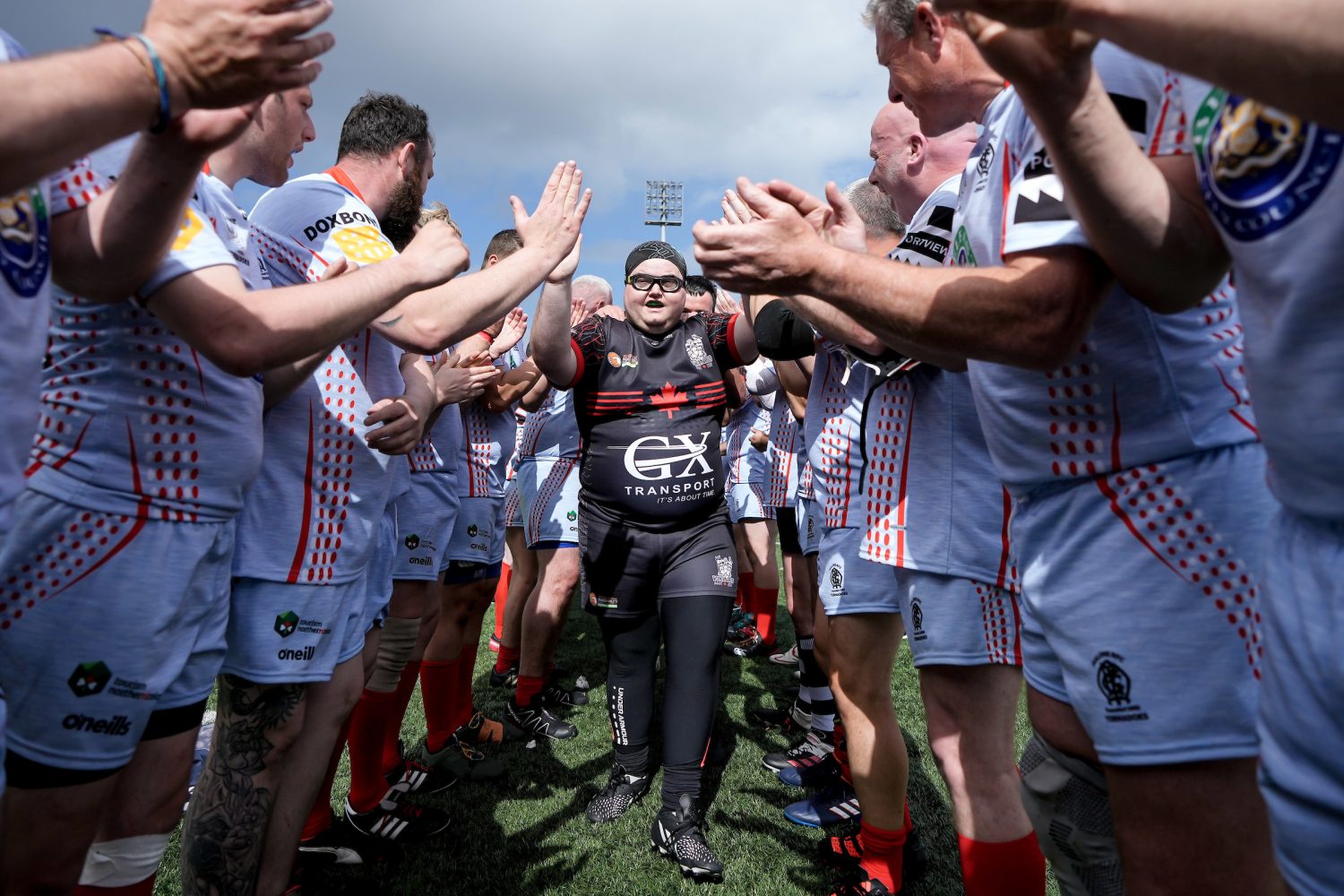
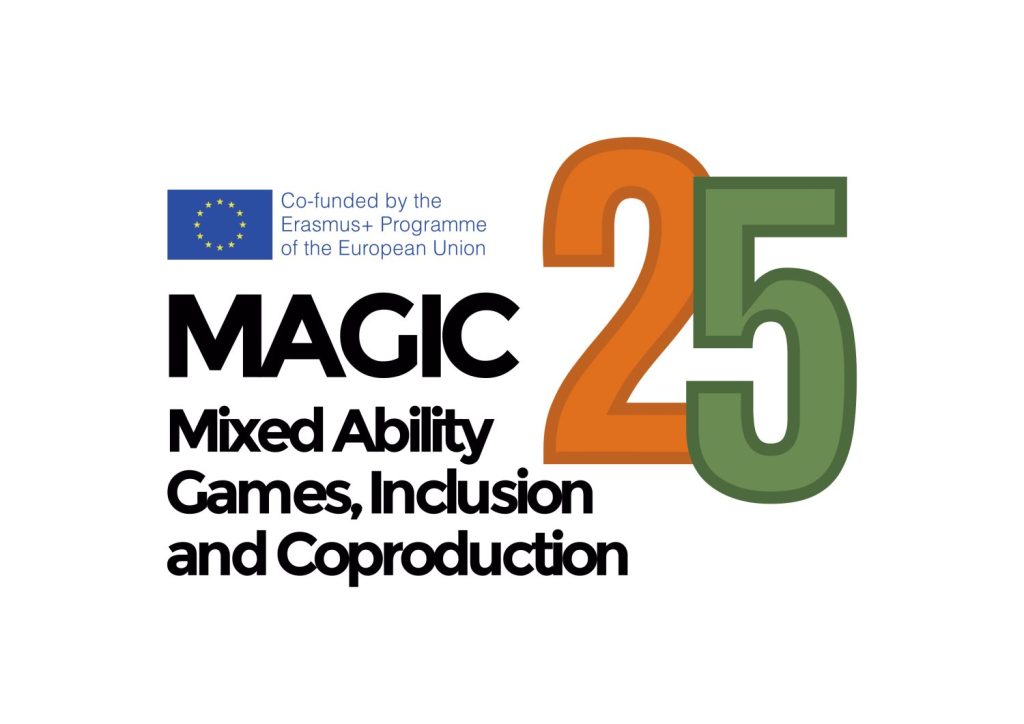
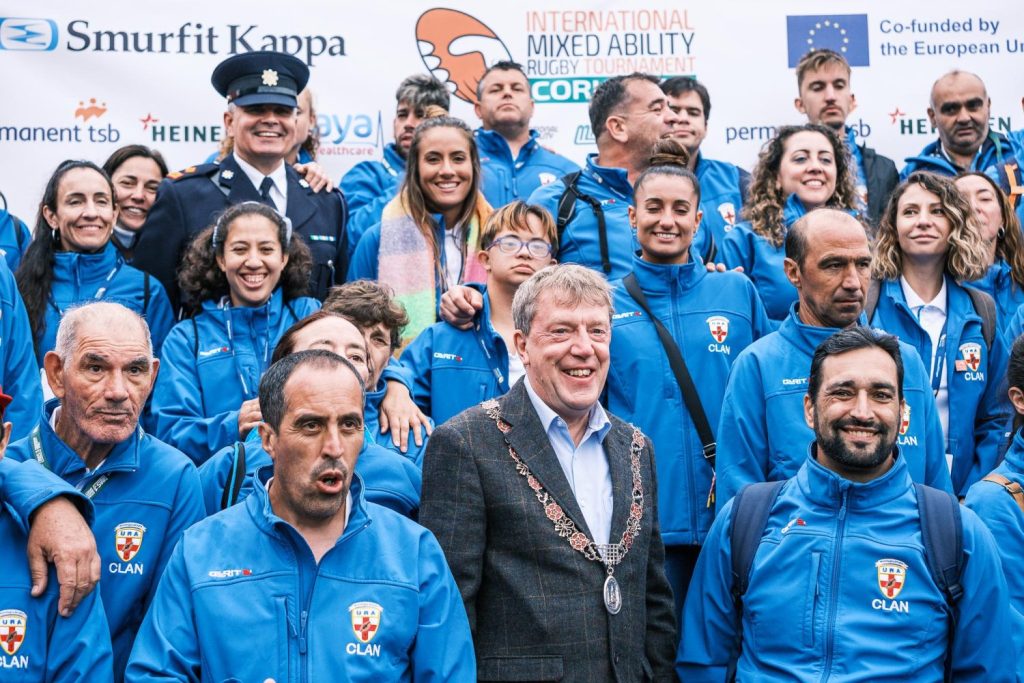
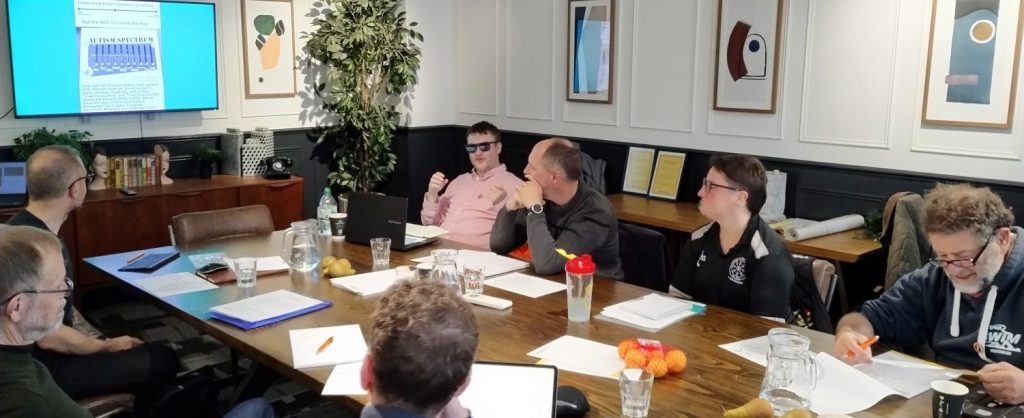
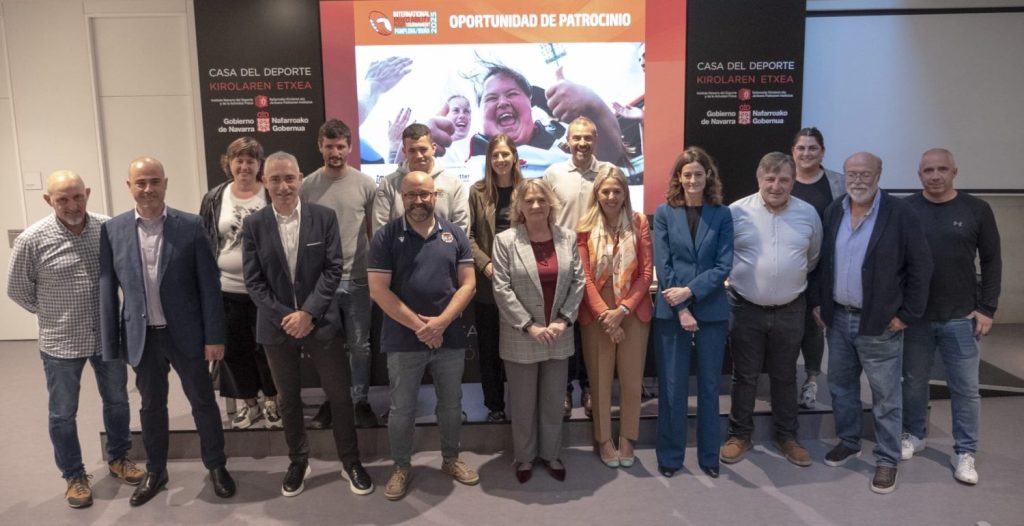
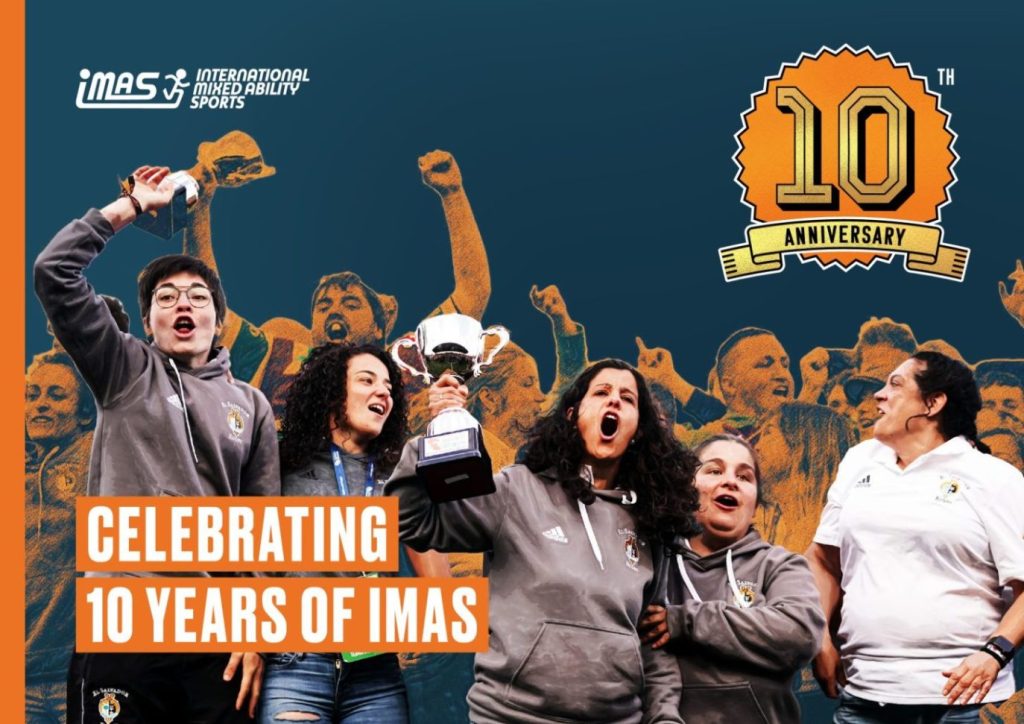
0 Comments